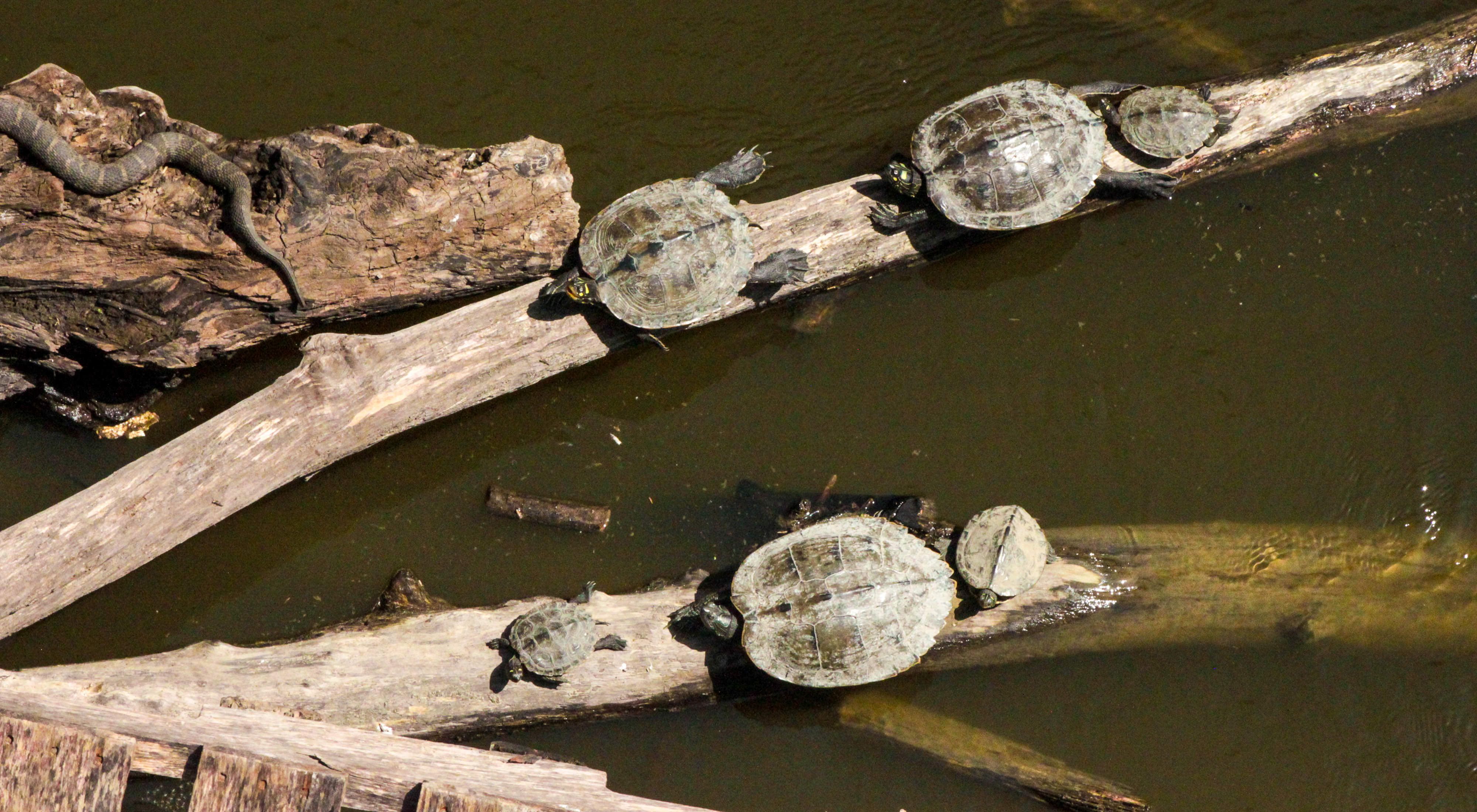Home of the greatest biodiversity in Iowa.
The Land of the Swamp White Oak project area is a 300,000 acre floodplain landscape at the confluences of the Cedar, Iowa, and Mississippi Rivers in southeast Iowa. Approximately 40,000 acres of both public and private conservation lands have been voluntarily protected here forming a relatively intact corridor of habitat along these large rivers. Nowhere in Iowa is there a greater concentration of permanently protected natural areas.
This project area, prioritized by The Nature Conservancy in Iowa, is home to the greatest biodiversity in the state. Ridge and swale topography and sandy soils help provide habitat for more than 500 plant species here. The Nature Conservancy is working to protect and restore the floodplain oak savannas and channel fens which are globally rare ecological communities found here. The region is home to nearly 85% of all amphibian and reptile species native to Iowa. In 2007, this area was designated as the very first Amphibian and Reptile Conservation Area in the United States.
The Nature Conservancy owns and manages nearly 4,000 acres in the Land of the Swamp White Oak project area concentrated in the floodplain of the Cedar River in Muscatine County. We utilize this large nature preserve complex to better connect people to nature. This wild landscape provides excellent opportunities for recreation such as hiking, paddling and wildlife watching. The floodplains here are relatively wide and functional providing an outdoor laboratory for demonstrating the many benefits that natural floodplains provide to people. The Nature Conservancy is also working throughout the Cedar River Watershed to address some of our most complex conservation challenges like unnatural flooding and poor water quality that adversely impact the Land of the Swamp White Oak project area. We utilize a collaborative approach to engage with farmers, landowners, community leaders, business leaders, educators, and other stakeholders in the conservation of this important place.
